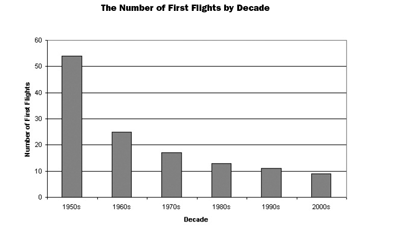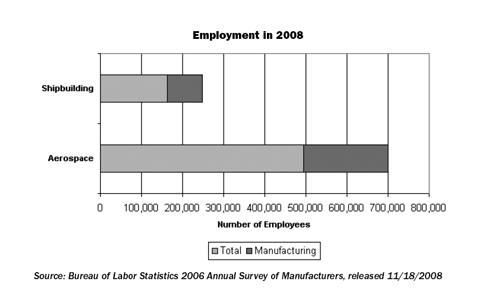 In a recent study published by the Mitchell Institute for Airpower studies, Rebecca Grant examines the challenges facing the future of the defense aerospace industrial base. Grant underscores the challenge of maintaining a viable defense aerospace industrial base over the next decades in the presence largely of simply one major fixed wing program, namely the F-35.
In a recent study published by the Mitchell Institute for Airpower studies, Rebecca Grant examines the challenges facing the future of the defense aerospace industrial base. Grant underscores the challenge of maintaining a viable defense aerospace industrial base over the next decades in the presence largely of simply one major fixed wing program, namely the F-35.
Among the challenges facing the industry which she cites are the following:
- By 2012, the United States will have in operation just one fifth-generation fighter line—the Lockheed Martin F-35 facility in Fort Worth, Tex.
- Pratt & Whitney could be the only US engine house producing advanced fighter engines.
- When the C-17 line in Long Beach, Calif., closes—and that appears to be a matter of a few years, at best—the Lockheed Martin C-130J facility in Marietta, Ga., will be the sole US military airlifter plant.
- If the US is lucky and finally gets an aerial tanker program off the ground, the nation will have a production line for these vital types of airplanes.
- Medium- and high-altitude unmanned aerial vehicles, used for combat and sensor operations, will be built by a relative handful of specialized firms. A few will manufacture small UAVs.

The end of an era
In effect, we are reaching the end of an era. The question is whether we are ready to shape a new one. Grant recommends that the Air Force should be encouraged to resume an active role in assessing the status of the aerospace industrial base and determining how to sustain it. Industry profits, the number of firms, and even the overall level of investment are not sufficient metrics for evaluating whether the raw core needed for progress and to meet future emergencies is in good shape or not.

A broader requirement is clearly to shape an industry that is able to provide for US and allied needs in the years ahead, to drive innovation and to work with global industry shaping collaboration necessary for allied capabilities as well. This means that there are a number of key elements which are necessary to shape the future.
-
First, an intelligent policy leveraging the opportunities inherent in the F-35 program needs to be defined and aggressively pursued. The F-35 will provide the baseline for 21st century air operations and air and ground integration. This means that the challenge is to leverage this opportunity.
-
Second, to leverage requires a more robust allied engagement policy. Export policy not only needs to be reformed but radically changed. It is difficult to see why allies in NATO and Asia who are central to global military and security efforts continue to be treated on a case-by-case basis. The F-35 requires and open engagement technology policy, not a restrictive export control policy. Put the export control bureaucracy to work dealing with the Libya’s of the world.
-
Third, recognize the role of the mega primes in shaping global allied policies. The Lockheed’s, Boeings, EADS, and Northrop’s of the world know how to work together. The US Government needs to stop acting like the case-by-case technology-piece by piece model makes any sense in today’s world.
-
Fourth, global suppliers are the lifeblood of the industry. A supply chain policy needs to shape the technology control policy and to drive it; not the other way around.
The Administration needs to leverage not de-leverage the programs which are already funded in large part. The F-35 needs capability, which operates higher than 40,000 feet. Leverage what we have and build on; instead of a new bomber, we need to think about long-range strike and reconnaissance assets. We need to build next generation UAVs which leverage the IT and C4ISR capabilities of the F-35. We need to build upon the successes in hypersonic research.
In short, we need to craft an industrial policy, which builds future capabilities leveraging what we are already funding, notably within the F-35 and related programs. And we need as well to shape an export policy, which allows US industry to engage globally and to partner effectively. If the US fails to play a major role in Indian defense aerospace, it will almost certainly be due to export policies. If the UAE buys a Saab product rather than a Northrop Grumman product for air surveillance, certainly export belligerence, or I am sorry, export controls can almost certainly to found as part of the problem.
———-
***Posted December 14th, 2009

